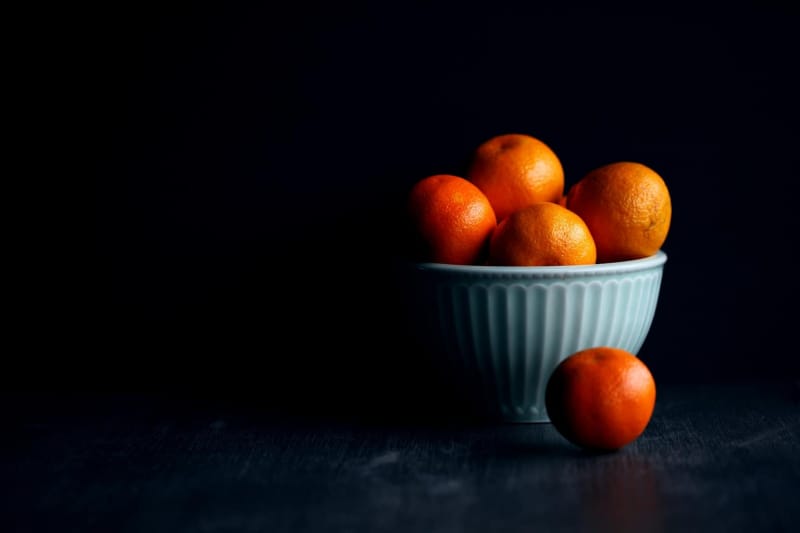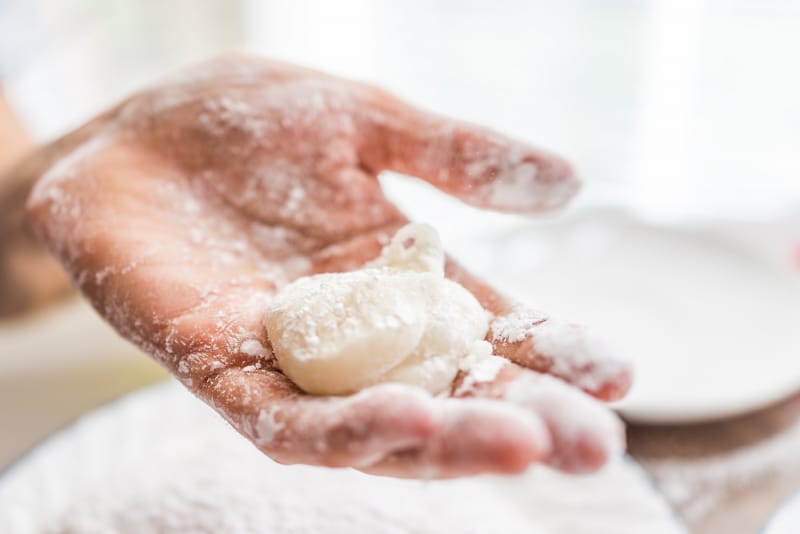A well-established and proudly repeated fact in Japan is that this country has four distinct beloved seasons. More importantly for foodies, this means seasonal foods are a huge part of Japanese culture, with unique produce sometimes available only for a short time. The perfect excuse to sample your weight in new foods and flavors, some of which have surprising health benefits. Here are some of the healthiest favorites among Japanese winter foods.

Mikan mandarins
One of the quintessentially Japanese images of winter is that of sitting under a kotatsu heated table, on a cold day. And to compliment the bliss of perfectly toasty legs under the table, nothing is better than the sweet tang of the Japanese mikan fruit. Mikan are small, seedless, citrus fruits originating in China and are pretty close, in most ways, to tangerines. Mikan have been grown in Japan for hundreds of years — these days mainly in Wakayama and Ehime prefectures — but can be found anywhere year-round. While they are popular for their refreshing taste in the summer, they really start to shine in the cold winter months. Beyond just being a refreshing treat, they share many health benefits with other citrus fruits like oranges and yuzu.
Mikan contain high amounts of potassium which can help prevent cramps – especially useful if you spend all your time under a table in winter. They also contain tons of vitamin C which is good for teeth and gum health, as well as beta carotene which is good for your eyes. Mikan are about 45kcal per fruit, which is the rough equivalent of 5 almonds. Virtually nothing, considering how filling they are. This is owing mostly to their high water content and when combined with a high potassium level, can also keep you hydrated throughout the cold and dry Japanese winter months.

Mochi rice cakes
Mochi is a dangerously delicious soft rice cake that is often eaten in the winter and usually associated with New Year’s in Japan. And dangerous is not an exaggeration. There are usually surprisingly high yearly reports of mochi related choking emergencies in Japan. But not even alarming statistics can stop this food from being one of the biggest winter staples in Japan. Luckily, when eaten slowly and in moderation, mochi is less a choking hazard and it also has a number of health benefits. Mochi by itself is quite low in saturated fats and cholesterol which makes it a better snack option than you can find on most shelves. Despite being in an exciting new form, it is inherently just rice, making it a great alternative to highly processed options.
While mochi on its own is quite basic and inoffensive when it comes to health benefits, a whole layer of nutrients is added when wrapped in Japanese seaweed. Seaweed is super low in calories and full of essential antioxidants, vitamins, and minerals. It is high in fiber which makes it very filling for its incredibly low-calorie count, which only adds about 5kcal per mochi. Seaweed is also famously rich in iodine which is good for thyroid health. it’s almost impossible not to spot these on display in any grocery store around New Year’s. When eaten in a traditional way, slowly and with controlled portions, the lasting fullness and health benefits make mochi worth it.

Yakiimo grilled sweet potato
Grilled Japanese sweet potatoes, while a carryover from the fall food season, continue to be a popular option throughout all of the colder months. You could write books on the amazing health benefits of sweet potatoes, and these generally expand to the purple Japanese variety as well. As is a trend with foods that are considered good to help keep off weight, sweet potatoes are high in fiber which can help keep you fuller for longer. And the fuller you feel, the less likely you are to want to overeat. They are even debatably a more efficient source of carbohydrates than regular potatoes, and towards the top of the list of the best carbs you can eat. Carbohydrates are essential for a healthy diet and give you the energy you need to get through the day or refuel after hard work. While, commercially, they are often bogged down with extra sugars that increase calorie count while lowering satiety, it’s hard to mess up something as simple as a baked potato.
In nature, more color means more nutrients, and these vibrant orange and purple roots are no exception. They are full of amino acids, vitamins, and minerals. They contain especially high levels of vitamin A, which is good for your immune system and supports eye, skin, and bone health. You can find these in most grocery stores in a special device roasting them over hot stones next to the registers. More traditionally, you can still spot special yakiimo trucks that roast and sell sweet potatoes. Finally, they are the easiest thing to cook, just pricked with a fork, wrapped in tinfoil, and straight in the oven.
Already looking forward to spring foods? Here are the Surprising Benefits of These Spring Foods








